
In an absolute sense, the easiest Rules of Golf to get wrong are simply the ones you personally don’t know. These will be different in both number and nature for various golfers depending on whether or not they’ve experienced a particular scenario, how long they’ve been playing and so on.
So here, we’re going with a dozen of those that we see or hear about most often out on the course or at our clubs, or where the evidence of the Golf Monthly inbox suggests a wide level of uncertainty… or perhaps concentration lapses!
Failure to sign the scorecard
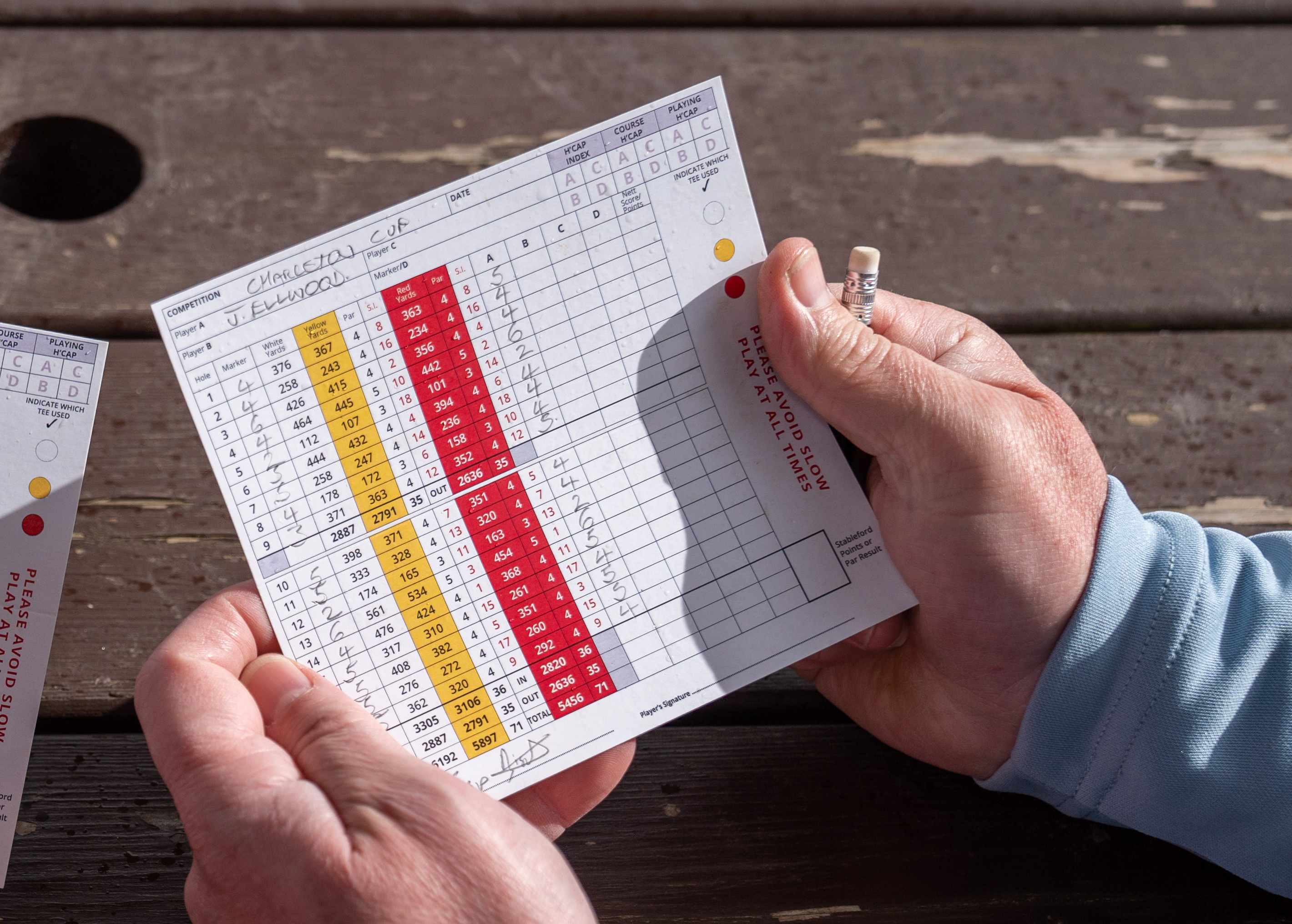
Rule 3.3b requires you as the player to certify/sign your scorecard before returning it to the Committee, whatever the procedure for that is at your club. If you don’t, you will be disqualified. It can be a very easy mistake to make if you get distracted at the wrong moment or steam is still coming out of your ears after a bad finish!
Playing the wrong ball

Lack of concentration or not checking properly are the usual culprits when someone plays a wrong ball. Perhaps there’s a ball where you’re pretty sure yours went and you just assume rather than checking; or you’ve been shorter than your playing companion all round so automatically go for the shorter ball... but this time yours got a big unseen kick forward off a downslope. It’s the general penalty for this under Rule 6.3c, so loss of hole in matchplay or two strokes in strokeplay, where you must also correct the error by continuing play with the correct ball before teeing off on the next hole - or before handing your card in if it was the final hole - to avoid disqualification
Playing from outside the teeing area

This is another common concentration mistake that typically sees a player teeing up from the wrong set of tees or perhaps between a tee-marker and a sprinkler head. Whether you play from outside the teeing area, the wrong set of tee markers on the same hole or a different hole, it’s a two-stroke penalty in strokeplay under Rule 6.1b and you must correct the error by playing again from within the teeing area before teeing off on the next hole - or before handing your card in if it was the final hole - to avoid disqualification. In matchplay, there is no penalty and it’s up to your opponent as to whether not they want you to play again from within the teeing area.
Not marking ball’s position before lifting to identify

When you’re unable to identify your ball without lifting it, you no longer need to call someone over to observe but you do still have to mark the ball’s position first. If you don’t, it’s a one-stroke penalty under Rule 7.3.
Slope functionality on rangefinders

The slope functionality on rangefinders is great for practice rounds and social golf, but still a no-no in competitions. If you fail or forget to turn it off, it’s the general penalty under Rule 4.3a for a first breach, then disqualification for a second breach.
Repairing pitchmark on line on fringe
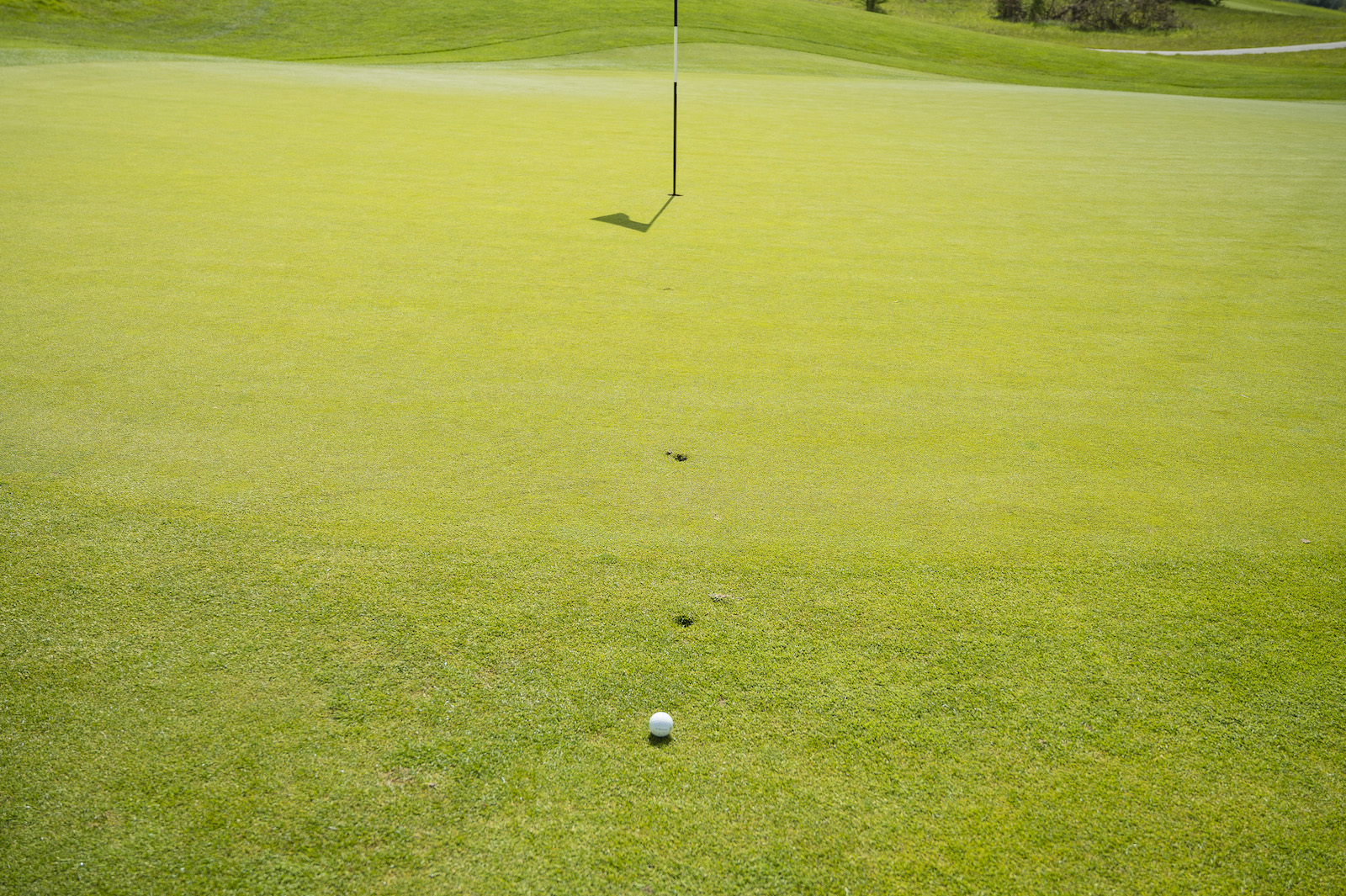
While repairing pitchmarks is to be encouraged, remember that you can’t repair any on your line on the fringe, for example, when you want to putt (unless created after your ball had come to rest). If you do, you’ll get the general penalty under Rule 8.1a for improving the conditions affecting the stroke. You can, however, repair pitchmarks on the green at any time, even if your ball lies off the green.
Moving white out of bounds stakes

Don’t be tempted to do this, for while white out of bounds stakes are easily movable more often than not, they are boundary objects under the Rules of Golf rather than movable obstructions and you may not move them. Doing so to make it easier to play your next shot will attract the general penalty under Rule 8.1a for improving the conditions affecting the stroke, although you will escape the penalty if you realise your mistake and 'restore the conditions' by putting the stake back exactly where it was before you play.
Tapping in putts in matchplay
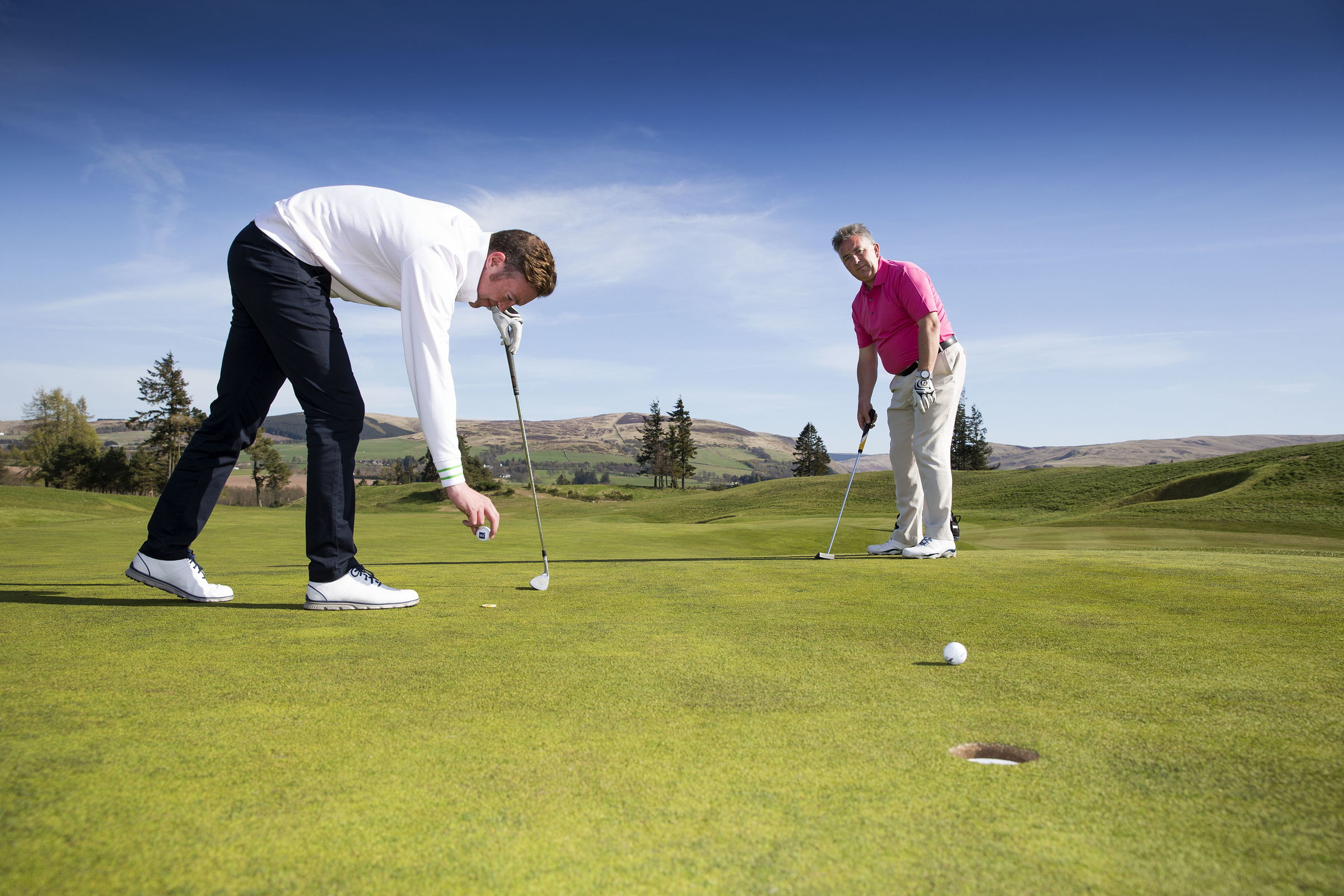
Matchplay is very different to strokeplay here, and while you can play out of turn in strokeplay to tap a short putt in, you can’t in matchplay if you are no longer the furthest from the hole and the putt isn't conceded. There is no penalty, but you could be asked to replay the stroke in the correct order by your opponent under Rule 6.4a at their discretion.
Accidental movement of your own ball
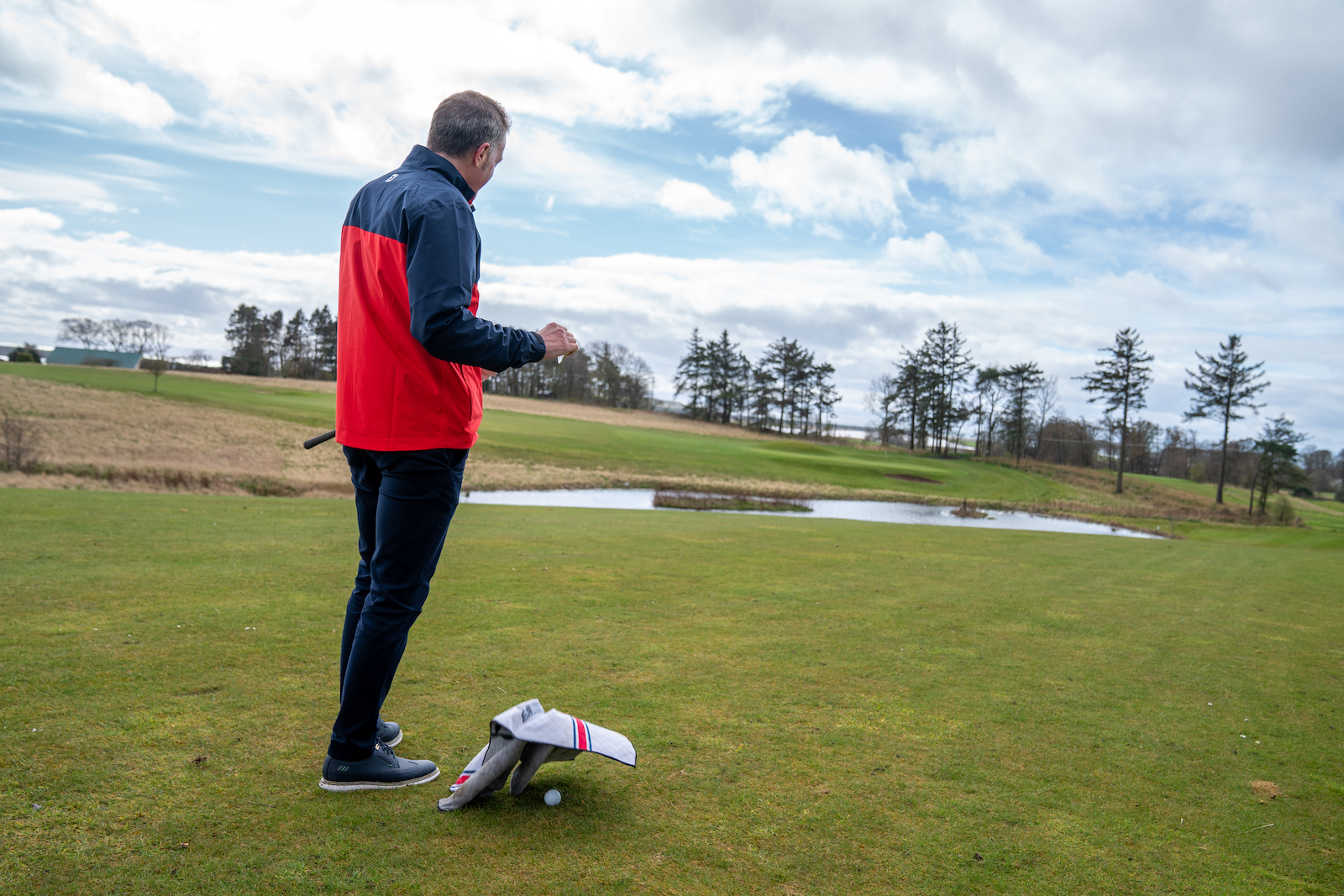
Many think accidental movement of their own ball is now a non-penalty offence. But the default position in the Rules is that if you move your ball at rest, even accidentally, you will be penalised, with one or two exceptions such as if the accidental movement occurs on the putting green or when you’re searching for your ball. Elsewhere on the course there is still a one-stroke penalty for moving your ball at rest under Rule 9.4b, even if accidentally, and you must replace the ball back to its original position before playing.
Nearest point of complete relief
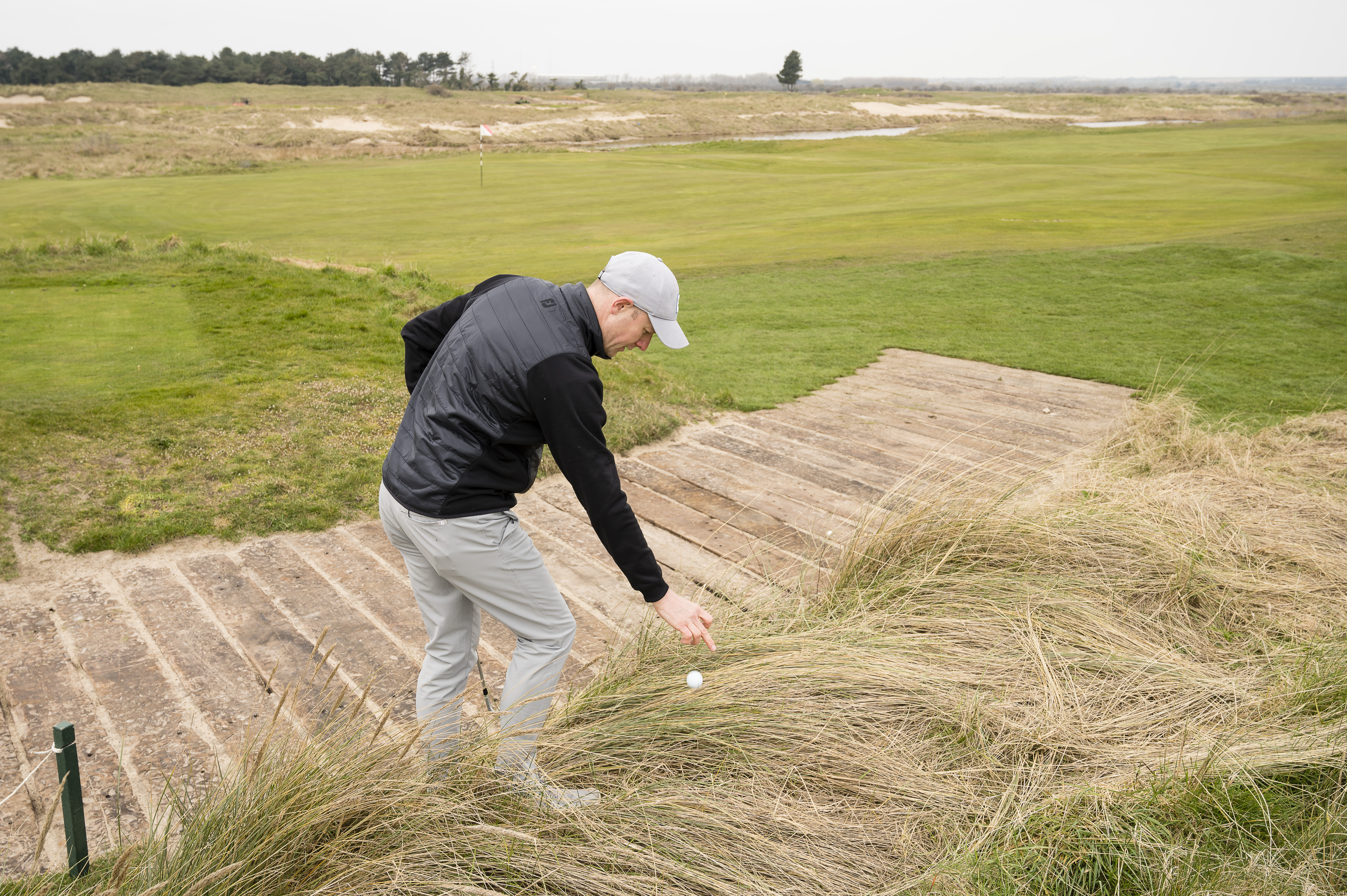
When dropping from a path or other immovable obstruction, many think you're entitled to a great lie and line. But you're not - you are only getting relief from that specific abnormal course condition and the relief area measured from your nearest point of complete relief could be in thick rough, in a bush or behind a tree. There is no free relief from any of these in the general area. The phrase is ‘nearest’ rather than ‘nicest’ point of complete relief.
Not declaring a provisional ball
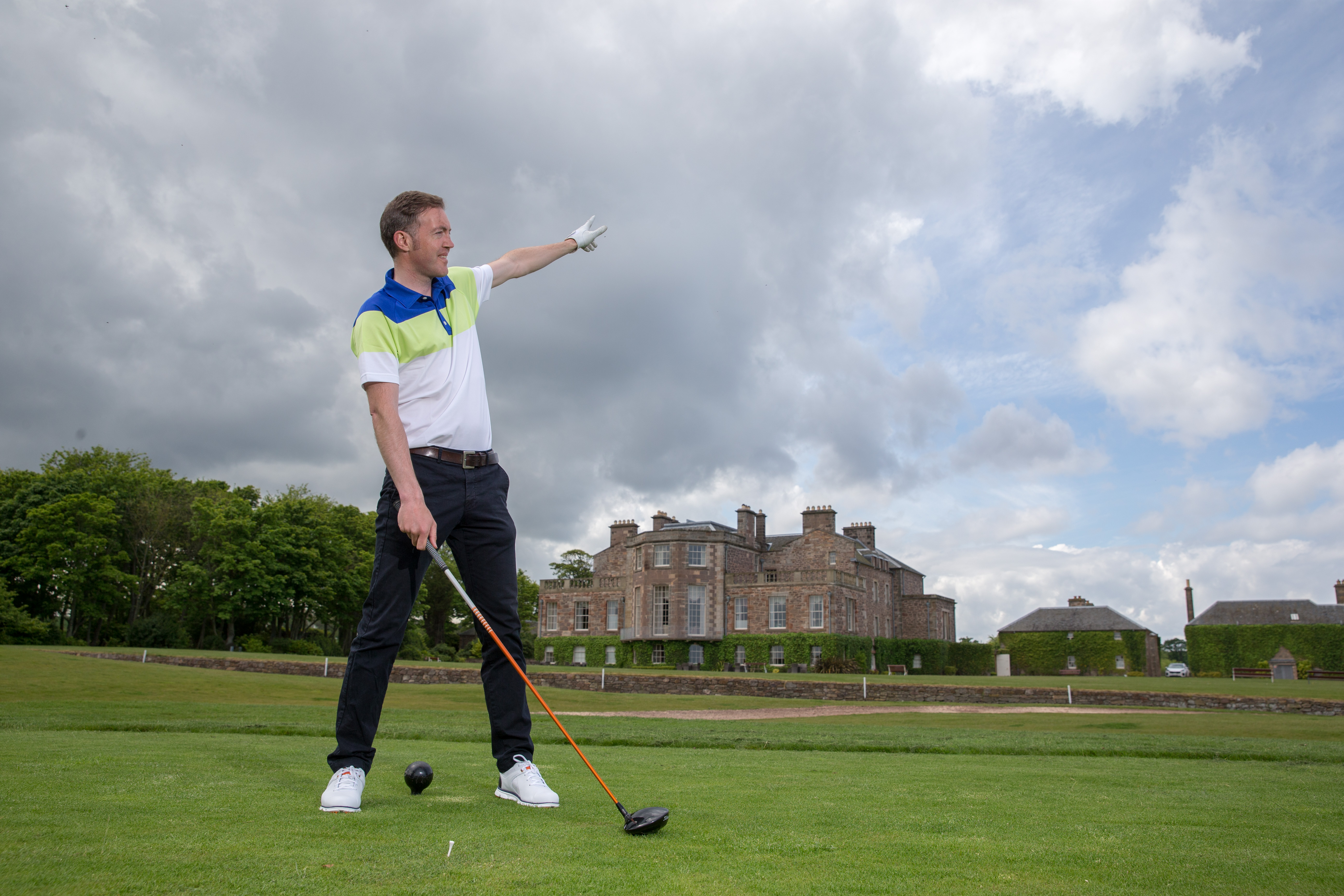
It’s easily overlooked when you’re a little flustered after hitting a poor shot, but make sure you always make it clear to those you’re playing with that the next ball you hit is a provisional ball in case you don’t find the first one (if that’s what you want). If you don’t, that next ball becomes the ball in play under stroke and distance and you can’t continue with the original ball even if you find it in an okay spot.
Ball accidentally hits you
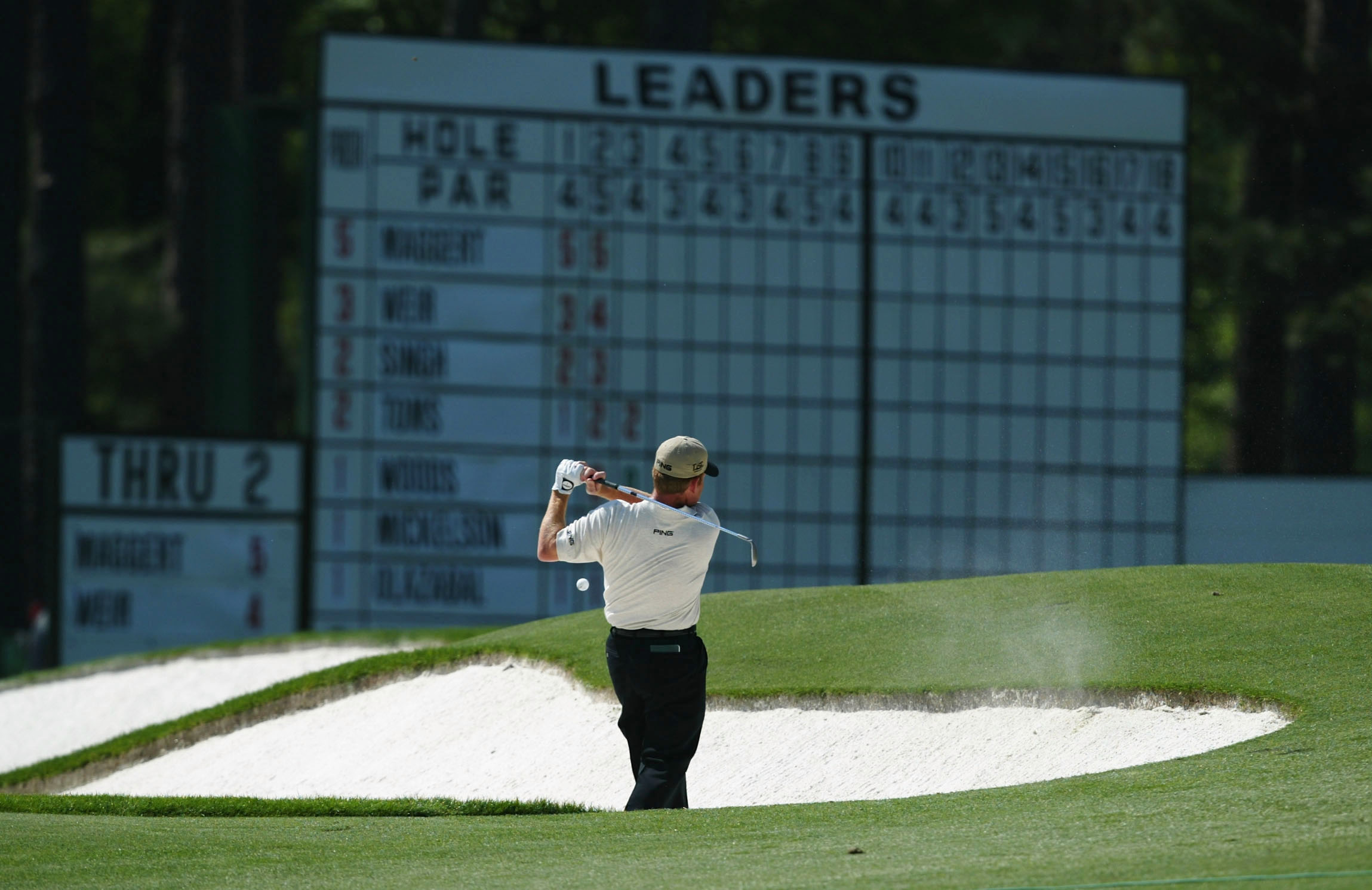
Finally... a slightly different one, but the easy mistake to make here is that many automatically assume there must be a penalty for this! But as from 2019, there isn’t (Rule 11.1a), so don’t ‘award’ yourself unnecessary penalty strokes for something that no longer attracts them. As long as it was accidental, you now simply play from wherever the ball comes to rest.







